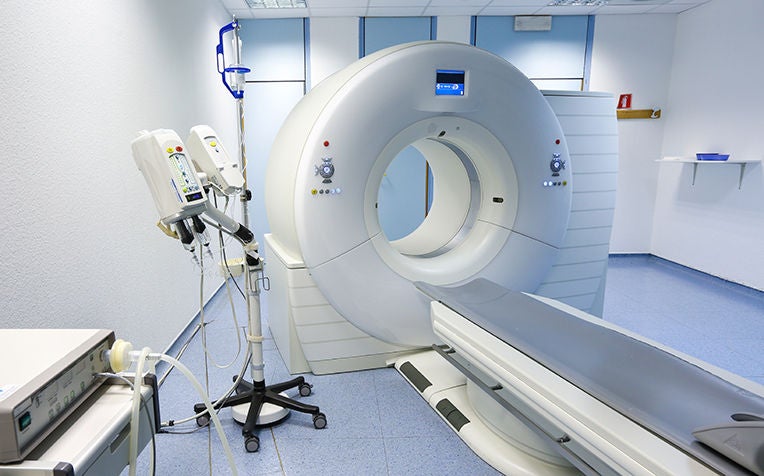
Common cancers such as breast and colorectal cancers are highly curable if detected early.
When to go for a cancer diagnostic test
If you have a persistent symptom or a screening test result that suggests abnormalities, your doctor may schedule a diagnostic test to further establish the presence or absence of cancer.
If cancer is confirmed, the diagnostic test results will assist the medical team in mapping the appropriate treatment plan targeted at the individual patient. Here are some of the common diagnostic tests.
Tests and scans for cancer
Gastroscopy
This is an examination of the inside of the gullet, stomach and duodenum.
It is performed by using a thin flexible fibre-optic scope that is passed through the mouth and allows the doctors to examine the lining of the oesophagus (gullet) or stomach, and take a biopsy.
It is done as an outpatient procedure under light anaesthesia.
Magnetic Resonance Imaging (MRI)
MRI scans use radio waves and strong magnets instead of x-rays.
The energy from the radio waves is absorbed and then released in a pattern formed by the type of tissue and by certain diseases. A computer translates the pattern of the radio waves given off by the tissues into a very detailed image of parts of the body. Not only does this produce cross-sectional slices of the body like a CT scanner, it can also produce slices that are parallel with the length of the body.
Mammogram
This is an x-ray examination of the breast which helps to define the extent of a lump. It is sometimes combined with an ultrasound of the breast to determine if the lump is mainly solid or cystic, i.e. filled with liquid only.
The mammogram examination can be slightly uncomfortable as the breast is compressed against a metal surface to obtain a good x-ray image.
Mammotome
This procedure involves a vacuum-assisted device to remove some tissue (biopsy) from the breast for microscopic examination. This device is guided by ultrasound or x-ray.
The tissue samples are removed from the breast by using a hollow biopsy needle which is guided precisely to the suspicious lesion.
This procedure is minimally invasive as compared to an open surgical biopsy and is performed as an outpatient procedure.
Positron Emission Tomography (PET Scans)
A type of scan that can actually see how body tissues and organs are working and not just what they look like. PET images show the chemical changes of an organ or tissue, unlike an x-ray, CT, or MRI, which show only body structure.
ThPET uses special 'radioactive tracers' which help to reveal more about the biochemical activity at the cellular level of a disease than other types of imaging techniques.
Ref: S13
Check out these articles on cancer:
Top 10 Cancers in Singapore (for Men and Women)
Contributed by


















 Get it on Google Play
Get it on Google Play